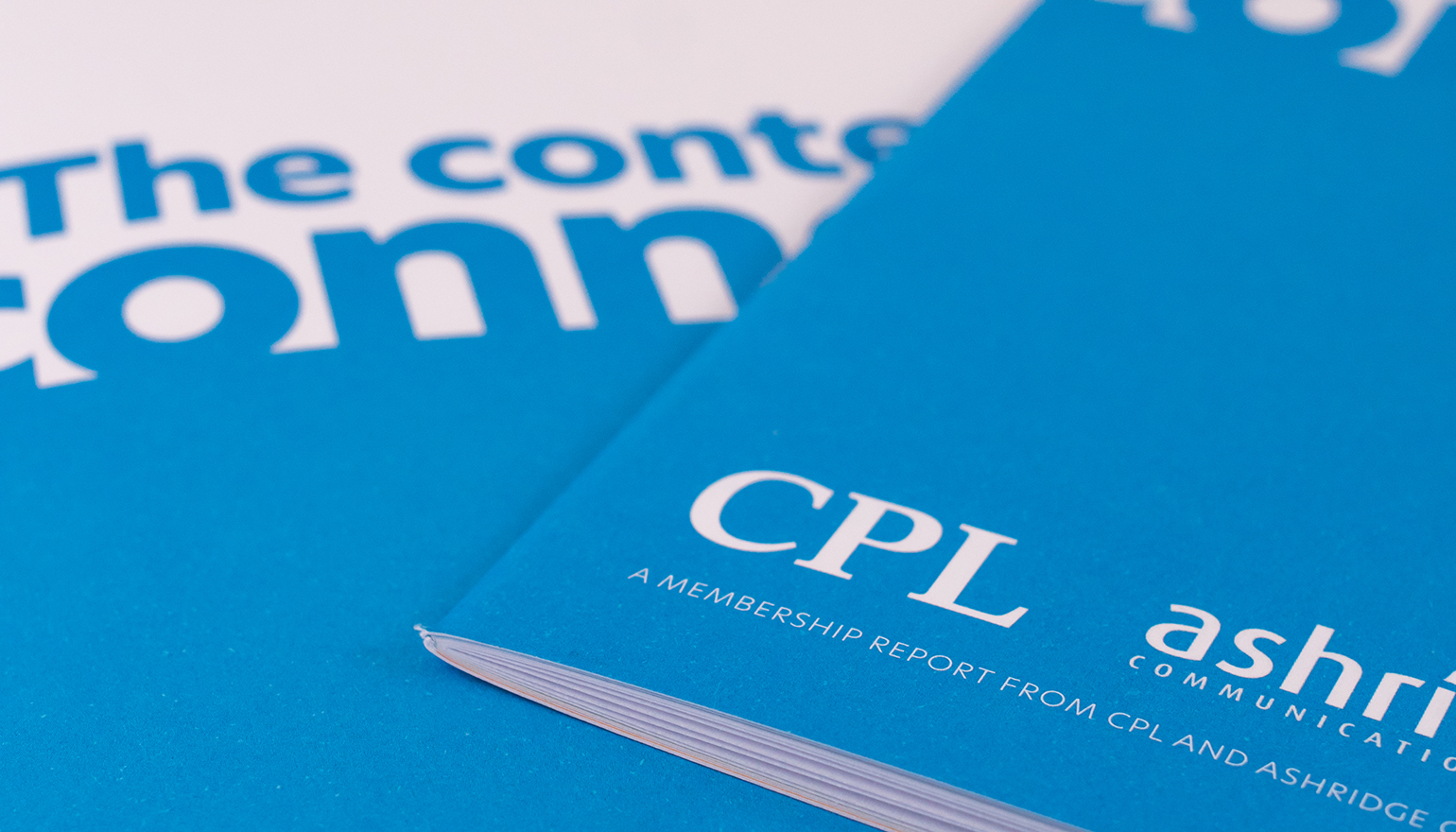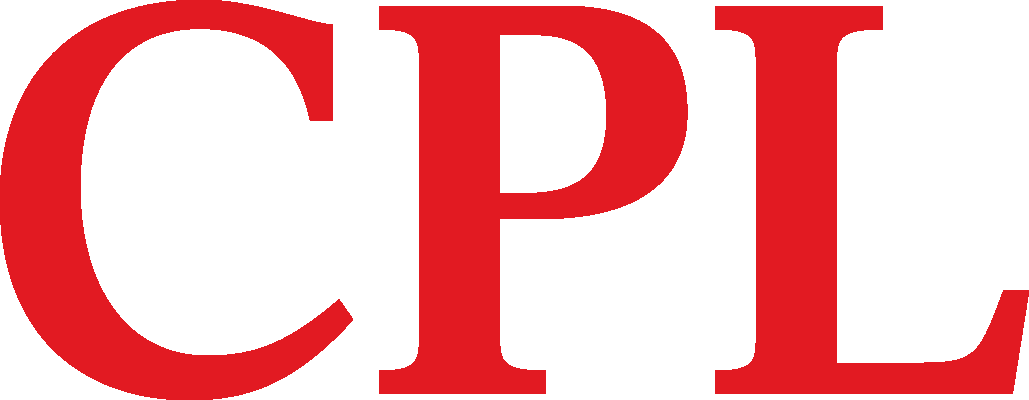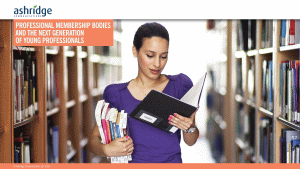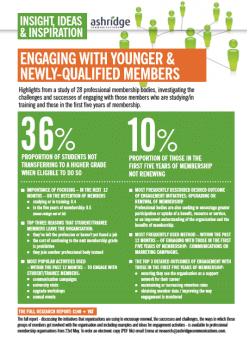MEMBERSHIP SECTOR INVESTIGATIONS & REPORTS
THE CONTENT CONNECTION - 2019

Most membership organisations need to get better at targeting their content to specific audiences.
This is one of the five key takeaways of The Content Connection, a research report that assesses how organisations in the sector use content to grow and retain membership numbers.
In addition to the need to target content better, the other four key takeaways in the report focus on member data, tone of voice, content channels and paywalls.
 Working together, CPL and Ashridge developed a programme of research. The aim was to get an up-to-date perspective on how membership organisations plan and use the content they produce to connect their organisation and its core audience. Participants included professional bodies, trade associations, royal colleges and trades unions – ranging in size from fewer than 5,000 to more than 400,000 members. Insight was gathered through a quantitative online survey and more detailed one-to-one interviews, which feature as case studies in the report.
Working together, CPL and Ashridge developed a programme of research. The aim was to get an up-to-date perspective on how membership organisations plan and use the content they produce to connect their organisation and its core audience. Participants included professional bodies, trade associations, royal colleges and trades unions – ranging in size from fewer than 5,000 to more than 400,000 members. Insight was gathered through a quantitative online survey and more detailed one-to-one interviews, which feature as case studies in the report.
Visit CPL's website to access your copy of the report.
PROFESSIONAL MEMBERSHIP BODIES AND THE NEXT GENERATION OF YOUNG PROFESSIONALS - 2018
 Most professional membership bodies will have a view on the engagement and satisfaction of their younger members, whether that be anecdotally or through research. And most will also be aware that young professionals, entering the workplace for the first time or studying towards qualifications, have needs that differ somewhat from other member types. But what perceptions and attitudes have these young professionals established during their initial relationships with a professional body? And are those in higher education, still considering the direction their career will take, even aware of the opportunities and support a professional body could offer?
Most professional membership bodies will have a view on the engagement and satisfaction of their younger members, whether that be anecdotally or through research. And most will also be aware that young professionals, entering the workplace for the first time or studying towards qualifications, have needs that differ somewhat from other member types. But what perceptions and attitudes have these young professionals established during their initial relationships with a professional body? And are those in higher education, still considering the direction their career will take, even aware of the opportunities and support a professional body could offer?
Our research - with 1900 recent graduates, post-graduate students and students in the last two years of undergraduate study - investigated their approach to career decisions and plans, their awareness of professional bodies and how well professional bodies understand their younger members.
The findings are set in the context of today's education and workplace environment, with consideration of how this environment differs from that of previous generations, and provides insight to the support professional bodies can offer those in the earliest stages of thier careers: the professionals - and members - of the future.
TO RECEIVE A COPY OF THE REPORT (FREE), PLEASE EMAIL RESEARCH@ASHRIDGECOMMUNICATIONS.COM
![]() This research is supported by YouthSight, owners of the UK’s largest youth and student research panels.
This research is supported by YouthSight, owners of the UK’s largest youth and student research panels.
ENGAGING WITH YOUNGER & NEWLY-QUALIFIED MEMBERS - 2016
 A number of organisations in the membership sector had noted that the lapse rate of student members - when transitioning from the student category to full membership - seemed higher than overall lapse rates. They also noted that these members, as well as those in the first few years of their membership, appeared to have different interests, needs, values to other members. And are those in higher education, still considering the direction their career will take, even aware of the opportunities and support a professional body could offer?
A number of organisations in the membership sector had noted that the lapse rate of student members - when transitioning from the student category to full membership - seemed higher than overall lapse rates. They also noted that these members, as well as those in the first few years of their membership, appeared to have different interests, needs, values to other members. And are those in higher education, still considering the direction their career will take, even aware of the opportunities and support a professional body could offer?
We investigated the successes and challenges of engaging with these two important groups of members: what initiatives are working, what new approaches are planned, and how these groups of members can contribute their knowledge and collaborate with the wider membership. 28 professional membership bodies took part in our study, and the topline findings were delivered at MemCom on the 19th May 2016.
The research report contains (anonymously) a wealth of information provided by the participating bodies, including ideas for ways of getting these members involved, outlines of engagement activities and pages of shared advice.
TO RECEIVE A COPY OF THE REPORT (FREE), PLEASE EMAIL RESEARCH@ASHRIDGECOMMUNICATIONS.COM